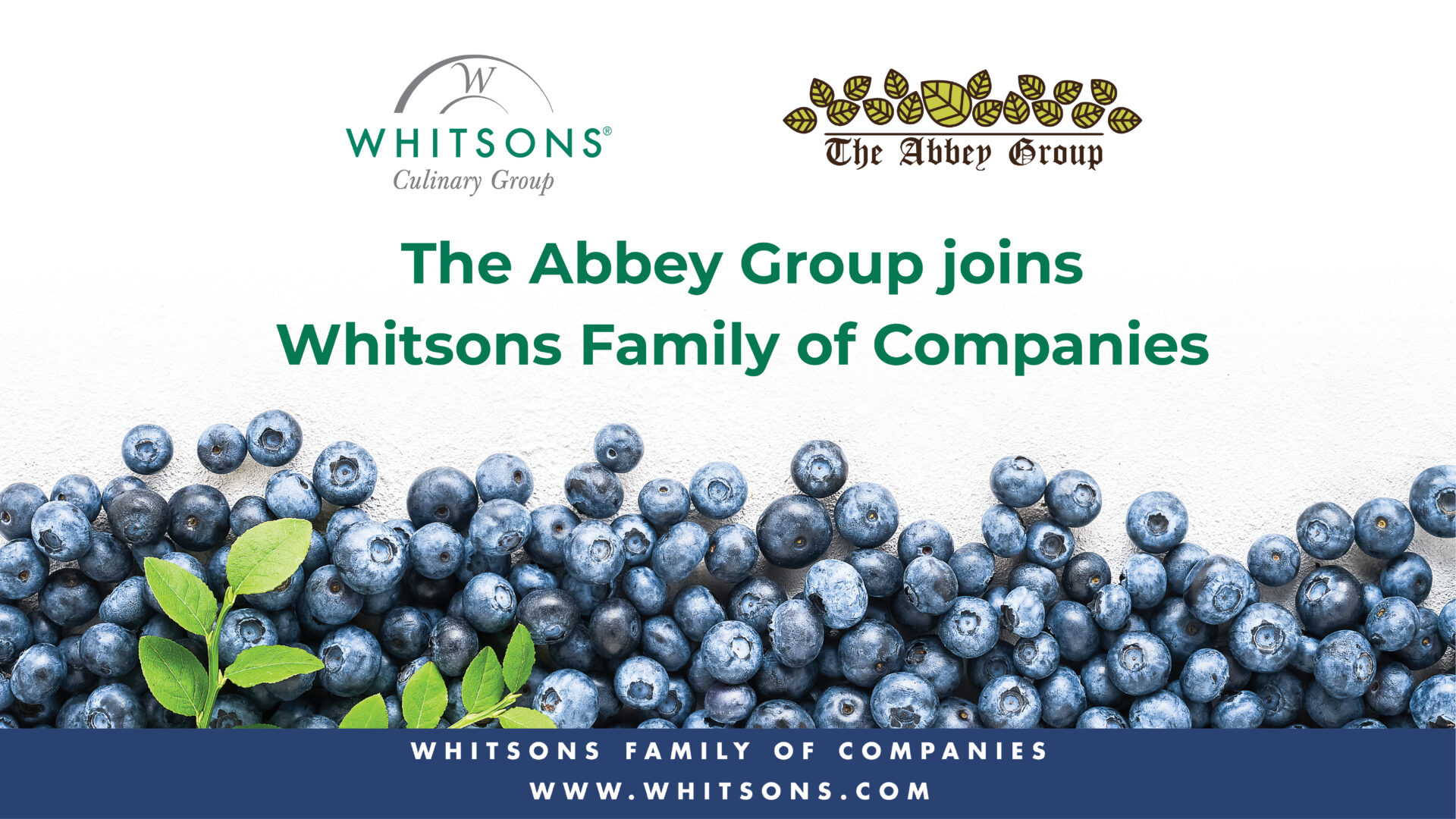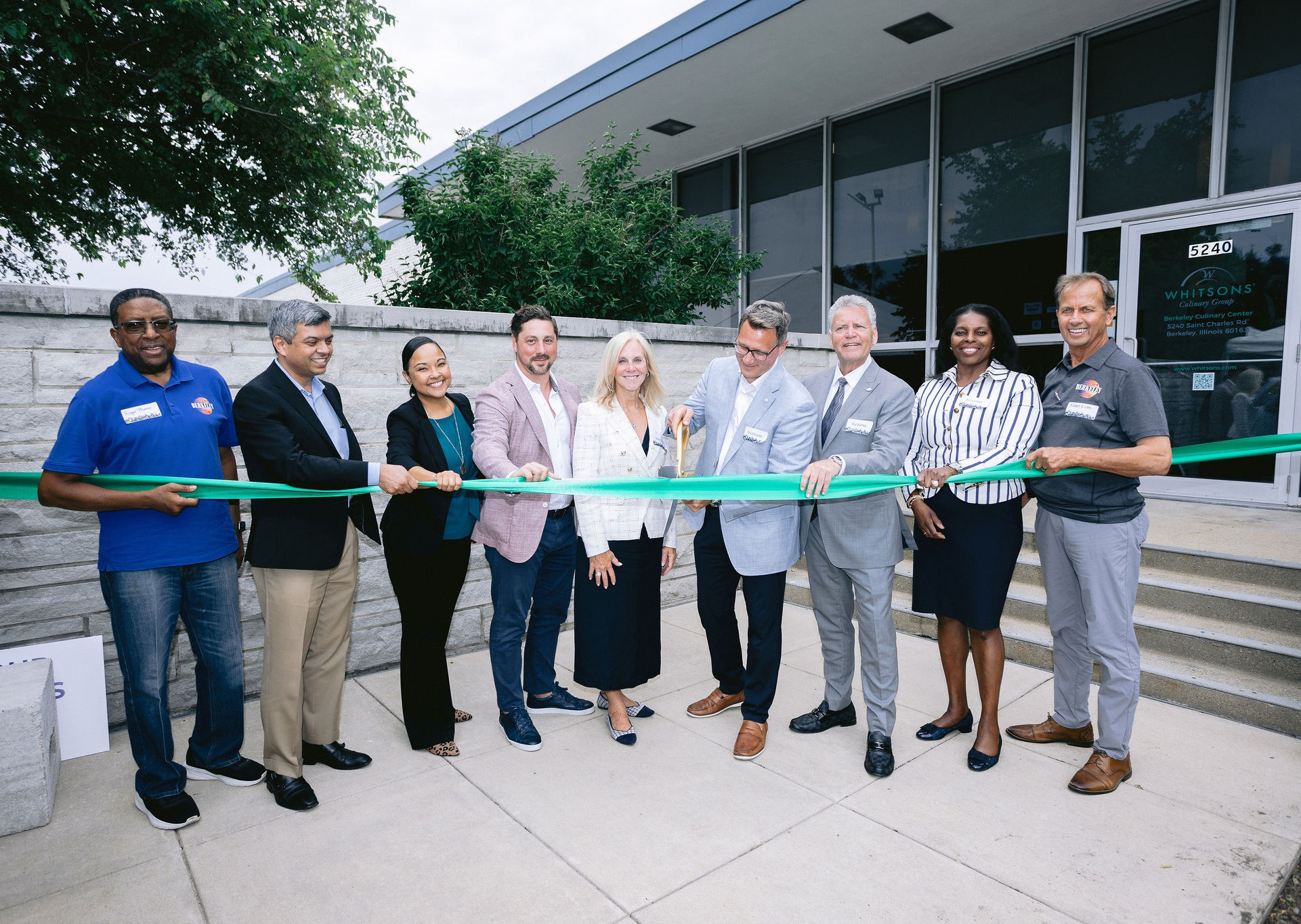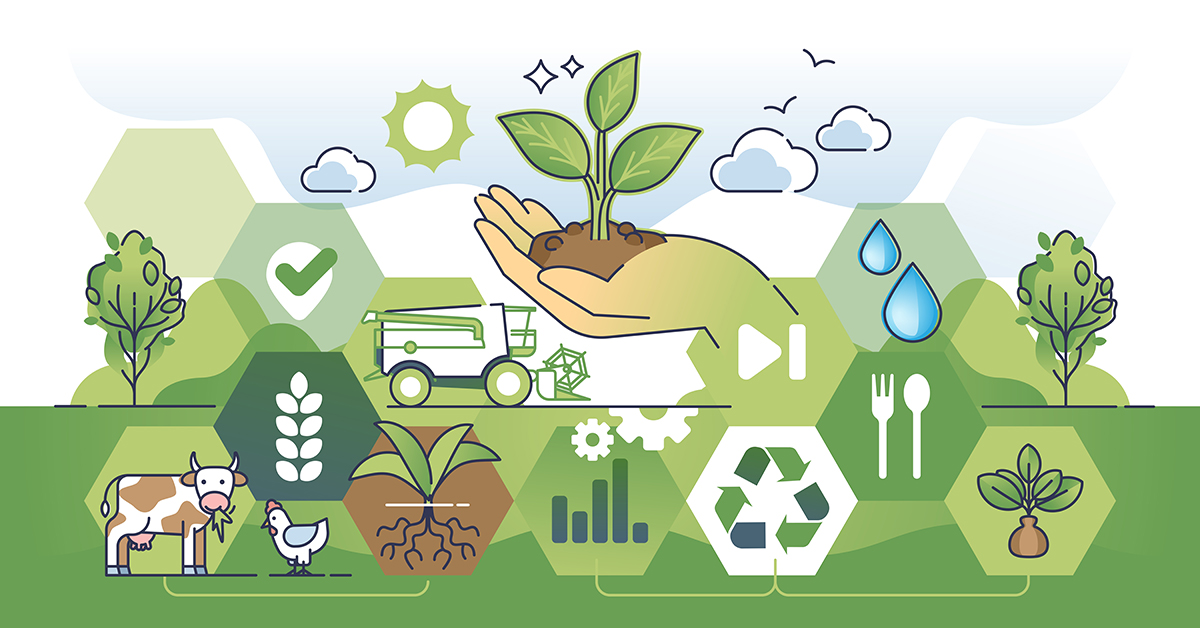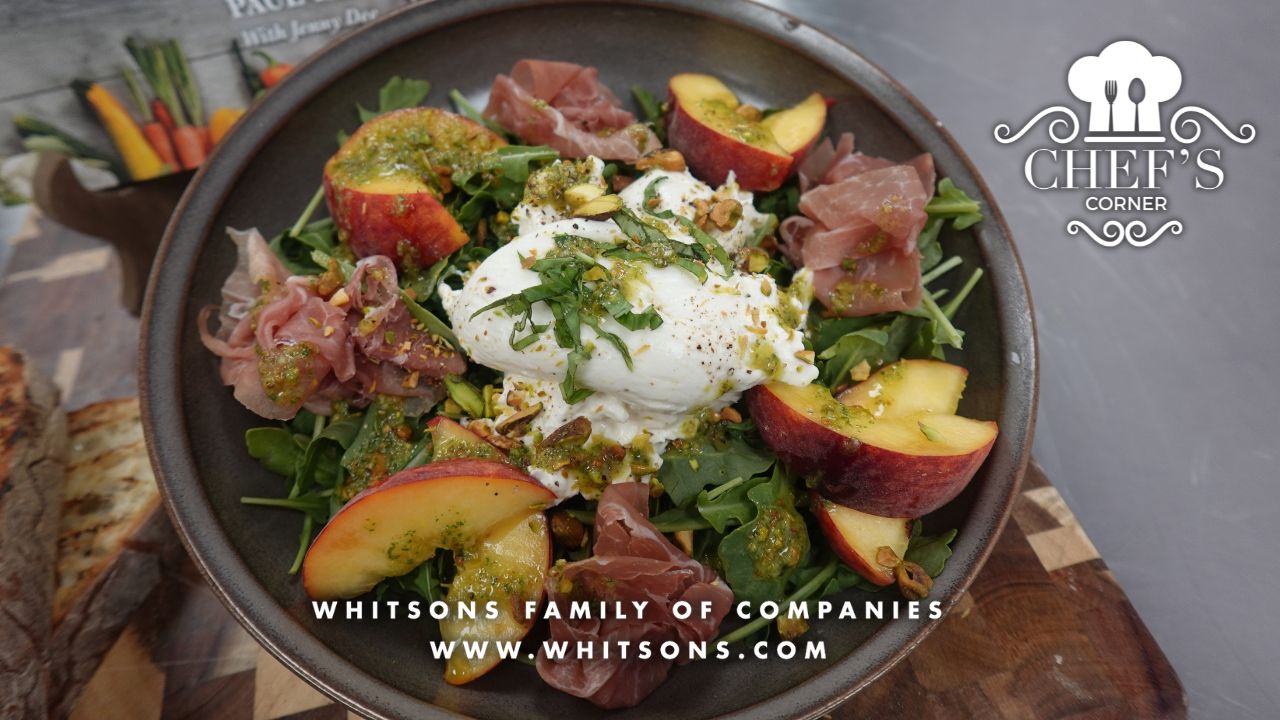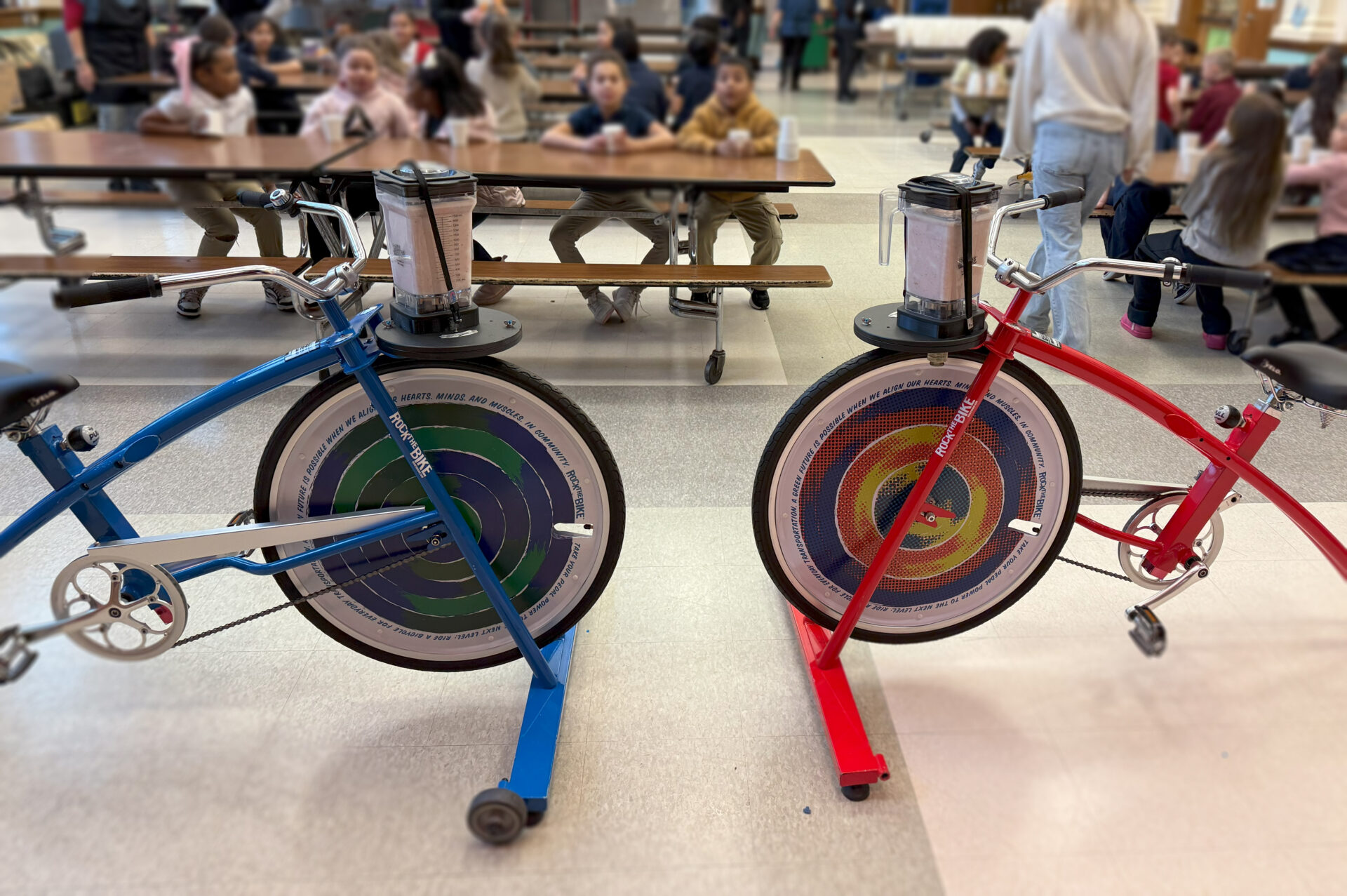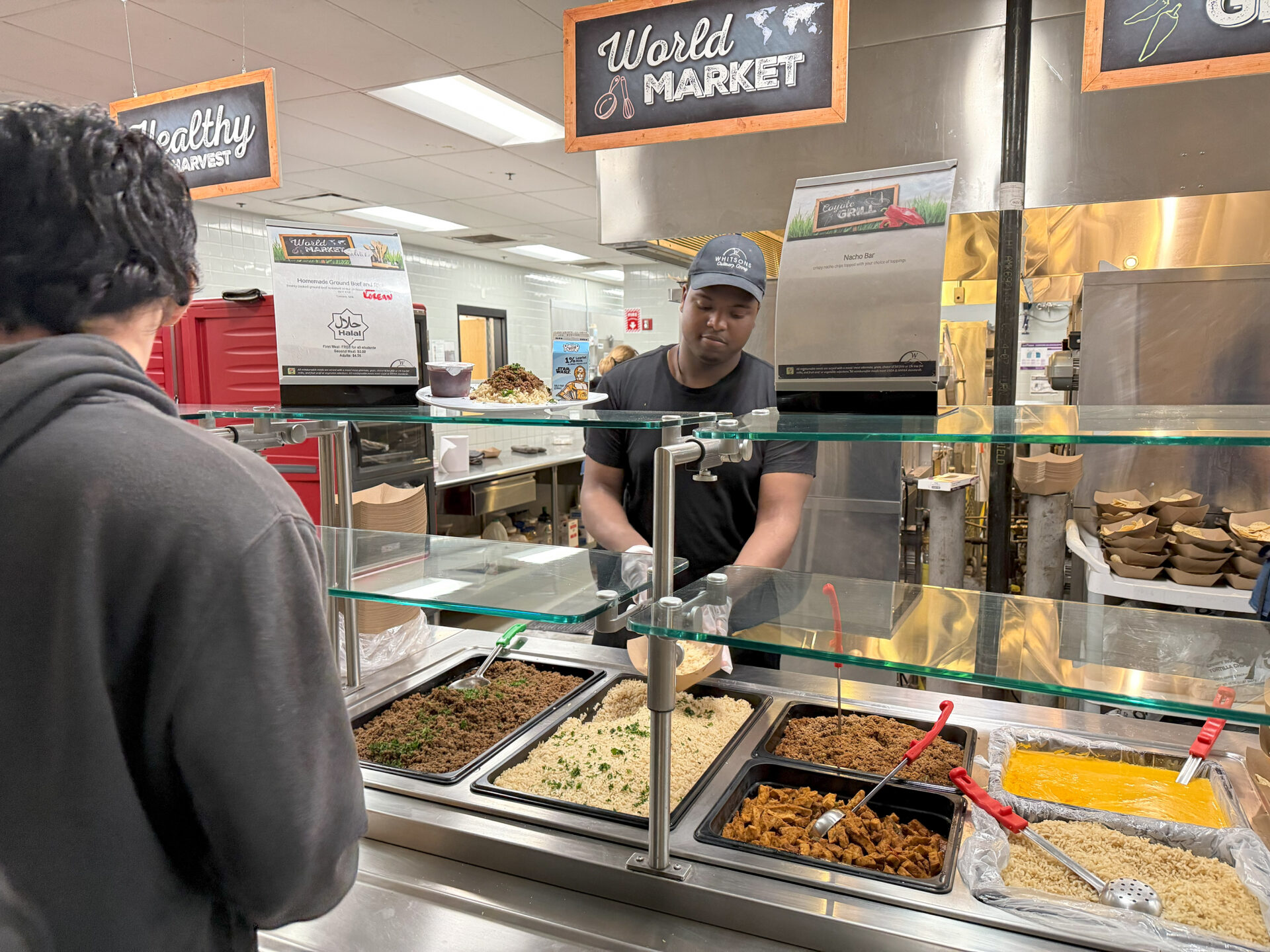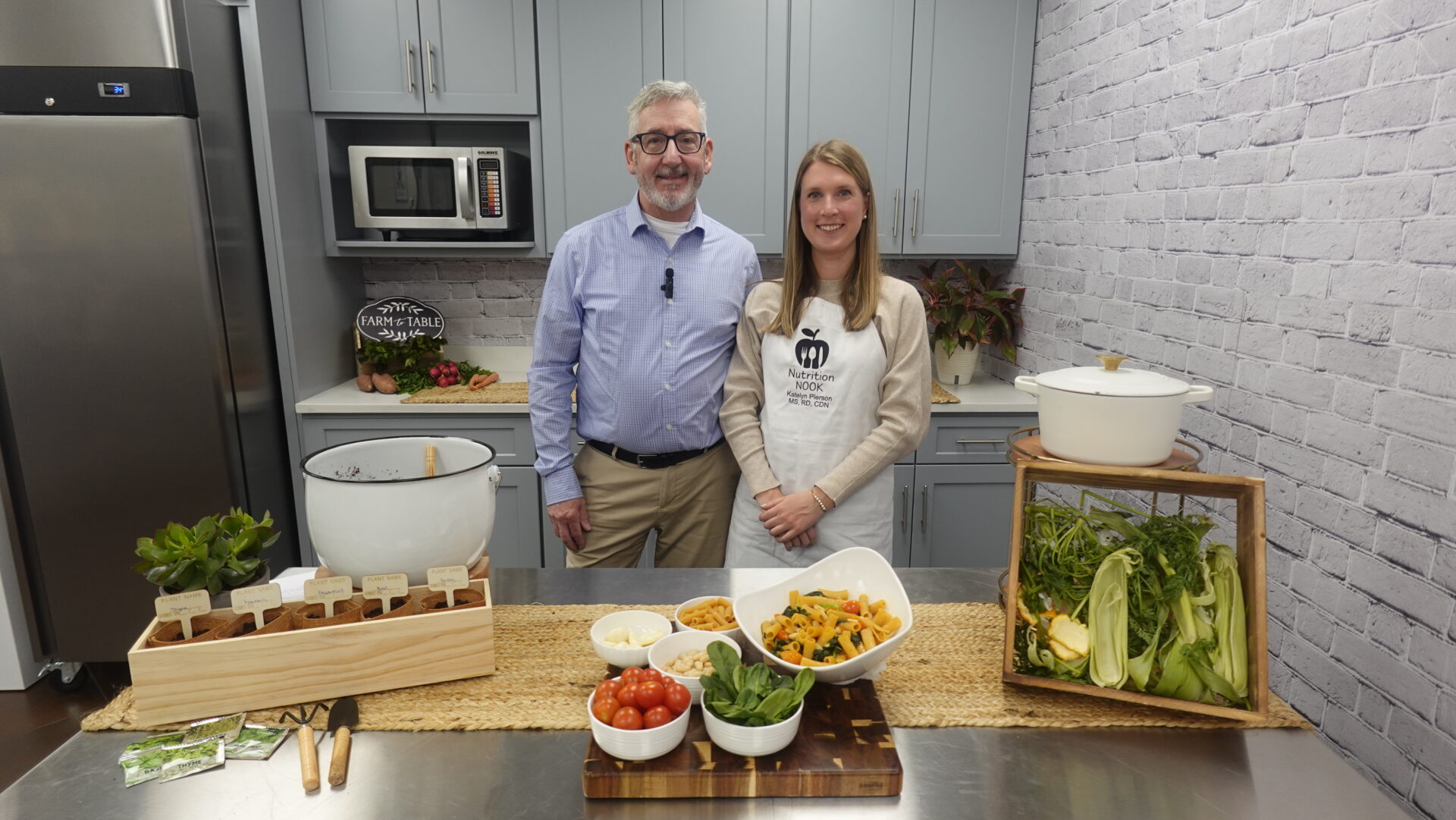Creating Value in Uncertain, Transitional Times
Preparing for Change
As expected, the 2022-23 school year was not going to be short of volatility and uncertainty. In early March, congress elected to not extend the free school meals program under the SSO for this upcoming school year.
Many nutrition programs have been thriving due to this government support, even despite supply chain and personnel challenges.
The question districts must ask themselves now is how to continue to drive value so that students and parents still think your nutrition program is worth participating in when it’s not free.
In this article, we are going to explore the 4 necessary components to ensure success in spite of constant change:
1. Flexibility & Adaptability
2. Culinary Focus
3. Feedback-Oriented
4. Community Engagement
Flexibility & Adaptability
In an industry plagued by uncertainty, remaining nimble enough to react to these changes is a necessary characteristic for any school lunch program looking to succeed. There is a laundry list of contributing factors regarding this volatility, including supply chain issues, food quality legacy, labor shortages, etc. A flexible, adaptable program is prepared for any situation or circumstance regardless of root cause.
School cafeterias, like many employers, are also dealing with significant labor shortages, highlighting the importance of cross-training team members, utilizing neighboring accounts and ensuring your hiring practices are stronger than ever.
Culinary Focus
It’s easy to get caught up in everything else, but ultimately the service you provide boils down to one thing: the food. A strong culinary program is exactly that it’s culinary-focused and understands that the food comes first. Beyond that, the right nutrition partner understands there is more to culinary excellence than taste.
It’s about the service and the experience of delivery as well. What’s more, it’s about being mindful of how to go beyond the traditional school meal experience. This could be the ways in which your menus respond to culturally diverse experiences or communities, and in some cases, providing specialized meals (like Halal or Kosher) in order to establish yourself as a superior provider.
Additionally, finding ways to support your onsite culinary efforts can be effective as well. This is also an important consideration when putting together your management team. Diverse culinary backgrounds can be combined for a comprehensive approach. This adds to the impact of cross-training and building the culinary skills of the onsite team, leading to higher end meals and service to the school community.
Feedback-Oriented
A great way to begin working towards the type of culinary inclusivity we alluded to in the last section is by understanding the importance of listening to feedback. Establishing a consistent channel of communication with your community allows you to continually refine your approach and provide an experience more aligned with what your community is looking for.
This can take a lot of different shapes. Maybe it’s a biweekly or monthly survey or some sort of promotional engagement; or it could be an event featuring potential menu item samples with opportunities for follow – up reviews to decide what should be on next month’s menu.
Ultimately, it comes down to understanding the importance of listening to your audience and responding accordingly. It seems simple because it is: ask your community what they like and, more importantly, what they don’t, then adjust accordingly.
Community Engagement
One final important attribute is directly tied to the importance of feedback, but how do you go about actively receiving the feedback you need to continue to refine and improve? Put simply, it’s a process of actively working to establish a relationship with your community on all levels: students, teams, districts and beyond.
Communicating with your internal community (students and parents) gives you the direct feedback you need to curate an incredible experience and optimize your menu. Communicating with your team allows you to ensure team members are happy and properly trained to provide a superior level of service. Lastly, communicating with your district is a form of account management -understanding what makes them unique and how you can meet those needs specifically will go a long way in terms of student satisfaction.
How Do We Begin to Embrace These Ideals?
The first step towards implementing these important priorities within your school nutrition strategy is finding a partner to guide and support you through the process. Whitsons understands the importance of cultivating relationships with our clients while we serve in a transformational, non-transactional way.
With our help, you’ll be able to work through these ever-growing challenges by leveraging our vendor partnerships, getting creative with menu options and empowering your team members to use their knowledge of the school community to make changes they know students will respond to.
To learn more about Whitsons Culinary Group and the ways in which we could help you take your nutrition program to the next level, visit our website.
View All Blogs

